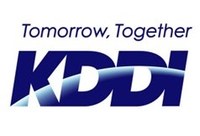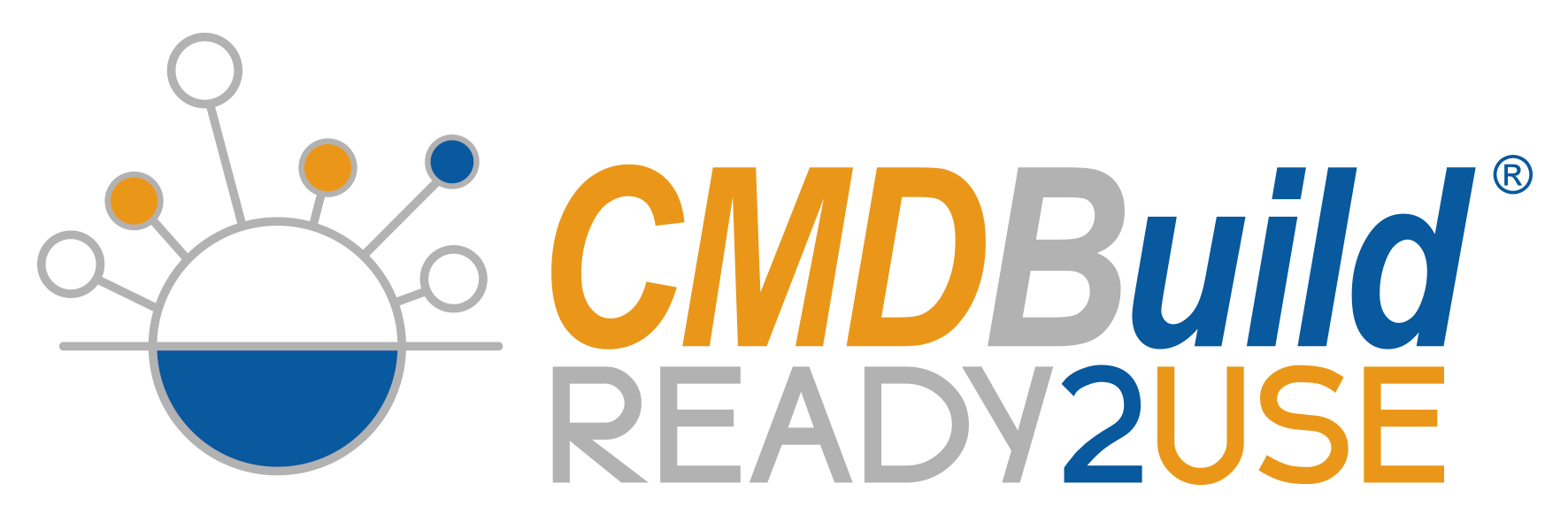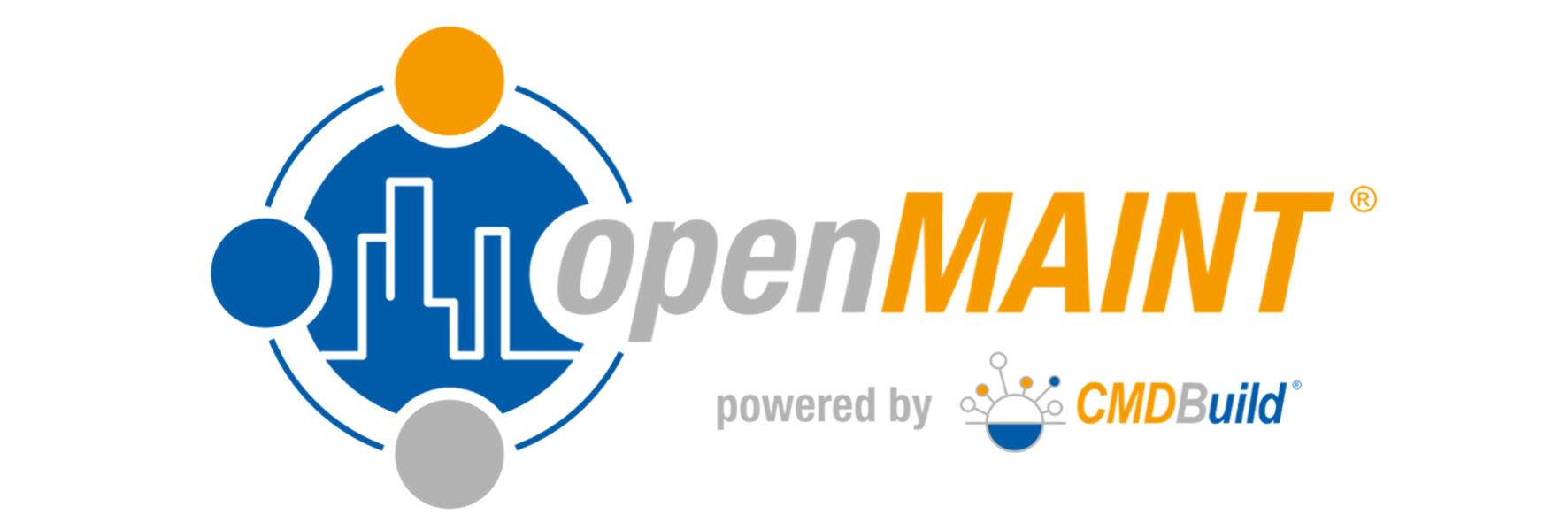- Work in progress on CMDBuild 3.4.2
- Technical in-depth analysis: push notifications on the CMDBuild Mobile APP
- CMDBuild Reference & Case Study: KDDI Corporation (Japan)
- openMAINT Reference & Case Study: Schneider Electric USA
- Tecnoteca webinars
Work in progress on CMDBuild 3.4.2

The preparation activities of the new CMDBuild 3.4.2 version continue, and the release is scheduled in July.
Since there have been some changes during the progress of the development activities, we report here below the updated list of incoming news:
Webhooks
Webhooks are user-defined HTTP callbacks to invoke the execution of external code when a specific event occurs in the controlled system. The new version of CMDBuild will support this mode, which will be configurable from a specific function of the Administration Module.
Tasks for the management of the waterWAY “gates”
The possibility of configuring a new type of task in the Task manager for the programmed execution of the waterWAY “gate” (Service bus) will be added.
Personalized management in the authentication phase
Two entry points will be made available, programmable in a personalized way in Groovy language, to obtain custom behavior during user authentication. The first entry point will be executed before the “get” of the user (for example to create non-existent users, to update some information, etc.), the second before the “get” of the group (for example to intervene on the CMDBuild permissions by updating them with those of the authentication system).
Limited Administrators
You can refer to the in-depth analysis published in the last newsletter.
Mobile APP setup page
In the user menu there will be a new function for the registration and simplified configuration of the Mobile APP, using a special QR Code generated by the system according to the settings entered by the administrator in a new page of the Administration Module for mobile configurations.
Email improvements
It will be possible to add attachments in the email templates, both by recalling (even with filters) an attachment of a CMDBuild form, and by executing and attaching a report. When configuring the template, it will be possible to choose the type of attachment and preset any parameters.
Another improvement will allow from the Administration Module to view the list of “error emails”, solve any problems and then try to send again.
Then new functions will be added to the email task for ignoring auto-generated emails (e.g., autoresponders) and for executing data imports from email attachments or executing waterWAY “gates”.
Improved display of the History TAB
It will be possible to request the display of only the modified attributes instead of the entire form, and it will be possible to select one or more attributes and view only the sequence of changes to those attributes. It will also be possible to download a CSV file with the information reported on the History TAB in the selected settings.
Improvements in the display of the Attachments TAB
It will be possible to define which metadata of the document models to include in the grid-type view. The grid will then have a new “Extended data” button which will show the configured metadata for each document category, in a similar way to the Relations TAB.
Navigation menu: favorites folder and search
It will be possible to view a “favorites” folder in the navigation menu that each user can populate with the functions of interest (right click with the mouse to add / remove).
In the same navigation menu, you can also find an item of interest using a special search box.
Language management
Language management will be improved so that the language chosen by the user in the preferences configuration page is maintained on each device from which the user connects to CMDBuild, regardless of the language used in the login page.
Mobile APP push notifications
An important improvement in the functioning of the APP will be available in CMDBuild 3.4.2, which will allow the reception of “push” notifications. You can find a technical insight into this new feature in the following news.
More improvements
In CMDBuild 3.4.2 it will also be possible to:
- define a filter to be applied when creating new relations (Relations TAB);
- add the tenant column in the export templates, and associate the data loaded with the import templates with the indicated tenant;
- manage encrypted passwords when accessing external systems via waterWAY connectors;
- disable the use of REST V2 and SOAP webservices that have been deprecated in previous versions;
- assign permissions to groups directly from the management of the different types of objects (classes, processes, views, filters, dashboards, reports, custom pages, import/export templates), as well as from the centralized permission management function.
Technical in-depth analysis: push notifications on the CMDBuild Mobile APP
CMDBuild generally manages the possibility of sending notifications to users, which can, for example, derive from automatic mechanisms such as the scheduler, or be configured via script in workflows, or waterWAY connectors to send information to operators.
Currently notifications can be made via email or in “in-app” mode (in the appropriate application window), only on the desktop web interface.
Version 3.4.2 will include an extension of “in-app” notifications to be used in the mobile environment (“mobile” notifications). This will be managed with native mechanisms of mobile operating systems, and in particular with Google's Firebase system.
The “mobile” notifications, like the “in-app” notifications, will be linked to the user, therefore the devices will receive notifications for the user authenticated on the APP and only if the “Keep me logged in” option is selected during authentication.
Notifications will consist of a title and a message. By “tapping” on the notification, the CMDBuild application will be opened on the home page or on a specific page.
The sending of “mobile” notifications will be managed in CMDBuild in the same way as the “in-app” notifications.
The REST APIs will be integrated with this new feature, a new type of notification template will be added in the Administration Module and they will be usable in all the contexts already provided for the other types of notifications.
CMDBuild Reference & Case Study: KDDI Corporation (Japan)
 KDDI, Japanese Company which provides a wide range of telecommunications services, has a Platform Technology Department that is responsible for the construction and operation of data center facilities, used internally, and server infrastructure facilities, required by the company to provide services to its customers.
KDDI, Japanese Company which provides a wide range of telecommunications services, has a Platform Technology Department that is responsible for the construction and operation of data center facilities, used internally, and server infrastructure facilities, required by the company to provide services to its customers.
The Platform Technology Department is responsible for the construction and the stable operation of KCPS (KDDI Cloud Platform Service, a public cloud), and CKKB (a.k.a. “internal cloud”), with tens of thousands of servers spread across seven data centers in Japan, as well as the construction of infrastructure platforms that share IT and 5G NF. We are also promoting the development of solution platforms that fit Digital transformation (DX).
As the business expanded, there was a need to maintain stable operation of the increasingly large and complex infrastructure, while at the same time reducing costs and improving efficiency by promoting automation and unmanned operations, also expanding added value in the DX area.
While virtualization and container technology have enabled more efficient use of physical resources, application development environments have become more sophisticated and complex. This means that VM placement, the number of containers and their arrangement will be constantly changing as containers run on a large number of VMs. At the same time the number of failure points increases exponentially, therefore it has become increasingly important to accurately and quickly identify whether and to what extent services are affected when a failure occurs, and to identify the affected services.
In the past, when a failure occurred in a physical device, information had to be collected individually from each component in turn: we would start from each component of the cloud infrastructure in order, and gather information individually. This method required more than one hour to identify the impact of the failure on the upper layers.
This could not be acceptable anymore and therefore we committed to developing a new configuration management DB, which has considered 2 critical aspects: 1. The adoption of open-source, for a low-cost development; 2 an in-house production for product verification and design, for technical improvement and knowledge acquisition.
This was made possible by OpenPIE, with the open source CMDBuild solution (its CMDBuild READY2USE version) and the implementation of CMDBuild connectors, for an automatic collection of equipment inventory information.
KDDI followed DB design, investigation of API acquisition methods for various data items, in-house development of some APIs. Have been also involved VMware Japan, for technical support, confirmation and response to specifications, and OSSL Inc., which is the Japanese Partner of Tecnoteca (developer and maintainer of CMDBuild), for DB construction/testing and data collection program development. Anyhow the shift from traditional discretionary development with vendors to development using Open-Source Software has been a fundamental: KDDI conducted open-source-software product evaluation, data model design, API research and development in-house, and asked the vendor to do the least amount of product introduction only; in this way the development was achieved at 1/3 the cost of conventional methods.
The final result is that the solution allows a centralized management of tens of thousands of data, automatically collects and correlates up-to-date information on physical devices, VMs and containers every 10 minutes. In the event of physical equipment failure, the impact at the container level, the smallest unit, can be ascertained in 5 minutes only!
Since the configuration data change history is also stored, the configuration at that time can be confirmed by specifying the physical device and date/time, and the impact of the failure can be quickly ascertained based on the operational details before the failure occurred. Moreover, linkage with other systems enables more efficient operations and new service offerings.
In conclusion, KDDI is extremely glad about the solution implemented with CMDBuild, which allows to achieve a full centralized management. With other products and services it would not be possible to reach this range of management and also the critical aspects of a low-cost and an in-house development would not be matched.
openMAINT Reference & Case Study: Schneider Electric USA
 To increase its diffusion, let's take a look at some case histories of the CMDBuild DAY 2022 held on November 30th 2022.
To increase its diffusion, let's take a look at some case histories of the CMDBuild DAY 2022 held on November 30th 2022.
Here below there is a summary of the Schneider Electric USA case history, you can find here the complete intervention.
In Schneider Electric USA the Sustainability Business Team has been working with openMAINT for a few years and implemented a configuration of the software that they named “Capital Asset Planning”, or “CAP”. Margot Knight, Business Analyst, and Jess Davis, Client Services South Region Manager, present at the CMDBuild DAY 2022 edition their project application.
They report that “openMAINT completely changed the nature of the conversations with the clients”. Being a completely managed solution and thanks to the ease of access of all the information, filtering and customizability, they are partnering with their clients to analyze their data and bring things to attention.
So far, a common situation for customers was the following: having all information inside of one person's head or in a variety of different spreadsheets, being only reactive to the needs of the business and the buildings, considering in the budget planning sessions just the previous years’ financial picture and adding a certain level of percentage on top of that, doing the replacements of pieces of equipment retroactively and reactively, with the risk of not having then the budget necessary for the replacements and of waiting months for these replacements (especially in the current time with equipment delays…).
With the adoption of a solution like this, there is first of all a centralized database of information, a possible cloud-based databased that makes information much more accessible, then decisions are really made on data and customers can focus on what's coming down the pipe in the future. The software allows to analyze the maintenance practices and spend against pieces of equipment, not just the replacement cost but the ongoing cost for keeping pieces of equipment alive, so these could be pulled forward in the replacement process to avoid future costs just keeping them functioning.
Schneider Electric and Tecnoteca implemented a section in the “CAP” called “Deferred Maintenance Dashboard”, which helps to visualize the complete financial picture for the clients and look at dollar values that are expected in the current year, the next year, things deferred that should have been replaced already, etc. Data can be filtered to drill down into the data distribution and really understand how the data is being made up and how it is compiling into the complete budgetary roadmap.
A current and real-word example is the use of openMAINT with one of Schneider Electric biggest clients working in Food & Beverage Services, which allows to make data-driven decisions together and in collaboration with the client. A standardization process was made, to optimize the types of equipment, reduce the amount of replacement parts and storage costs, make cost savings and competitive procurement process through bulk purchasing of specific pieces of equipment, optimize operating and maintenance costs.
It can be easily understood why this initiative is so impactful for Schneider Electric’s clients: “it’s awesome how you can go from data collected, to data being in the platform, to decisions making and actually purchasing things in that short time”.
They conclude saying that “this is a solution with a significant amount of growth potential, is creating a great impact on our client conversations today and will have an even greater impact in the future, as it continues to expand and grow with new features and new knowledge within our team (for example we are currently checking the Mobile APP for data collection process by our internal field team). We are extremely excited about this platform and how it's changing the face of our business.”
Tecnoteca webinars
A webinar on the new features of openMAINT 2.3 was held on February 16th. Here you can find the video of the event.
We will update you in the next newsletter on the date on which the presentation webinar of the new CMDBuild 3.4.2 version will be held.
The recordings of the webinars already held remain available to interested people, here you can find the links to access.


